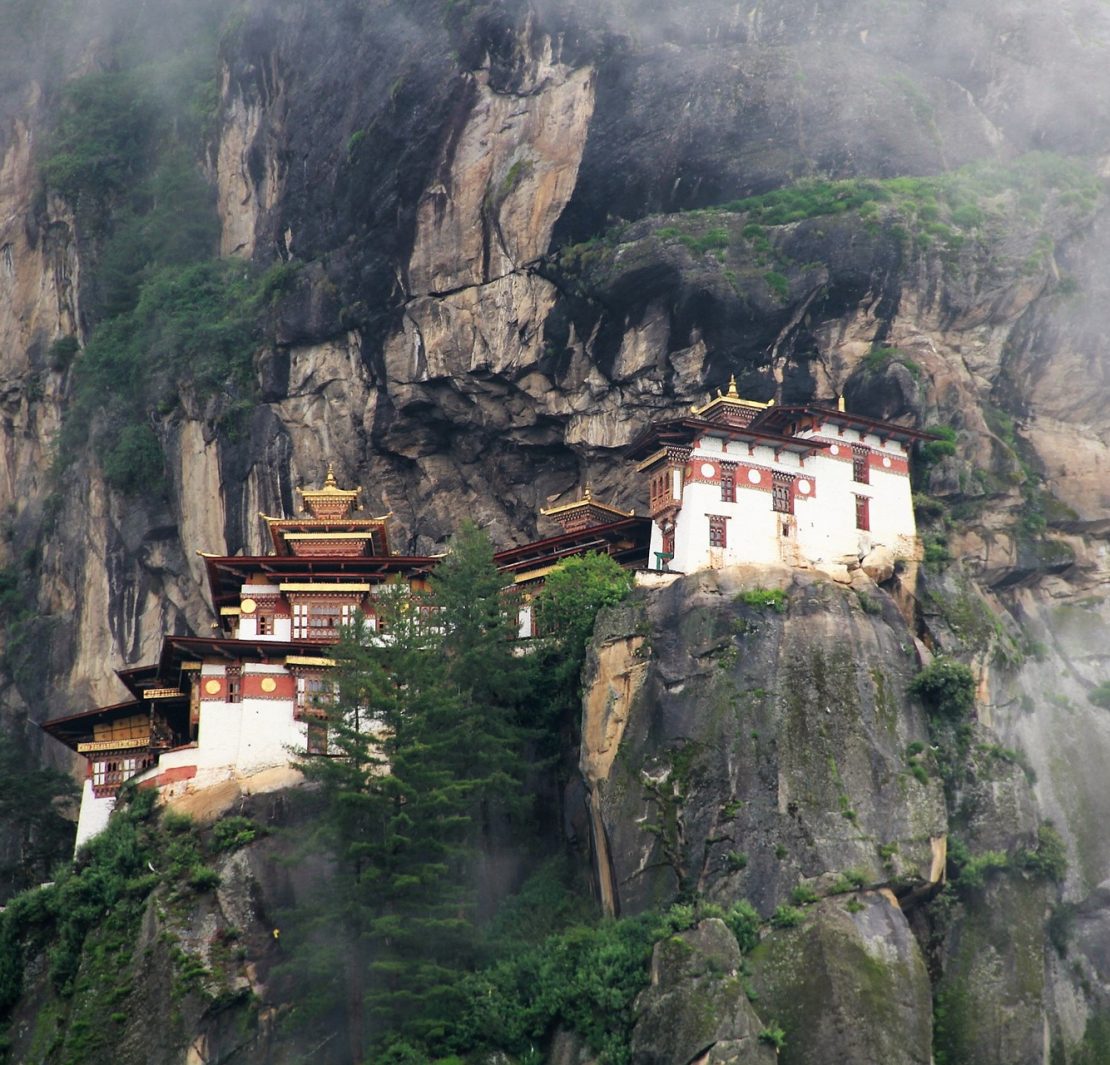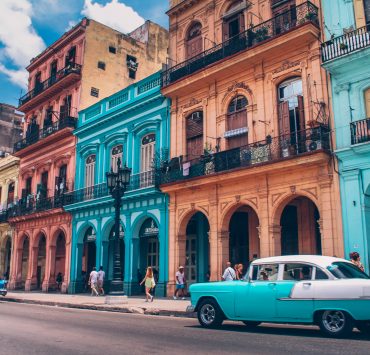When we think of Bhutan, we conjure images of temples cradled on the edge of a cliff and crowds of monks. It’s a place of peace and quiet, wrote model Kim Jones on Inquirer Red Magazine last year.
“Its snow-covered mountains are considered sacred and people are prohibited from climbing them,” she said. “It is this discipline and dedication to Buddhism that allow a spiritual awakening in even the most religiously impartial.”
Aside from Bhutan being the happiest country on Earth, it’s also the only carbon-negative country in the world despite the influx of tourists. With only 1.5 million tonnes of carbon emissions produced every year, the forests of Bhutan make up 72 percent of the country’s land area and were able to absorb 6 million tonnes of carbon dioxide. Meanwhile, the Philippines produced 157 million tonnes of carbon dioxide in 2012. Come 2030, our carbon emission is projected to shoot up to 219 million tonnes. In comparison to the 3.195 million hectares of forest in Bhutan, the Philippines also has a bigger forest area. In 1900, we had 21 million hectares that decreased to about 6.5 million hectares in 2007.
And it seems that Bhutan will continue to be at the forefront of the battle against climate change—they celebrated the birth of their new prince by planting 108,000 trees. But we also have to recognize human intervention as another factor in obtaining such achievements.
Here are the eco-friendly actions Bhutan implemented that we can follow:
Government-mandated protection
In a 2016 TED Talk, Prime Minister Tshering Tobgay discussed how Bhutan was able to sustain its reputation in preserving the environment. “Our enlightened monarchs have worked tirelessly to develop our country, balancing economic growth carefully with social development, environmental sustainability, and cultural preservation, all within the framework of good governance,” he said. Sixty percent of its landmass must also be maintained as forests, according to its constitution.
Responsible tourism
Naturally awe-inspiring, Bhutan only opened its doors to tourists in 1974. And the country still has some strict guidelines until now. To begin with, you need to get a visa before setting foot in Bhutan. Then, tours are only conducted by approved tour operators. There’s also a daily sustainable fee of $65 that goes to education, healthcare, and poverty alleviation.
Wide use of natural energy
To further control their carbon emission, the Bhutanese government provides hydroelectricity to farmers to stop dependence on burning firewood. Bhutan also relies on other renewable energy sources. Through subsidies, the government encourages their citizens to choose eco-friendly items like electric cars.
Header image courtesy of Pixabay
Read more:
How to save the environment, according to Marianna Vargas
We shouldn’t sacrifice the environment for development
There are two things that can change the world, according to this environmental lawyer
Our beloved butanding might be placed under the ‘endangered’ list soon
Writer: OLIVER EMOCLING




